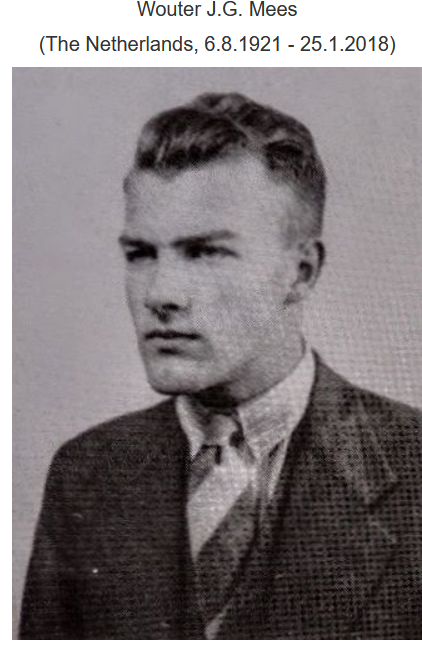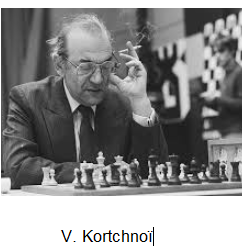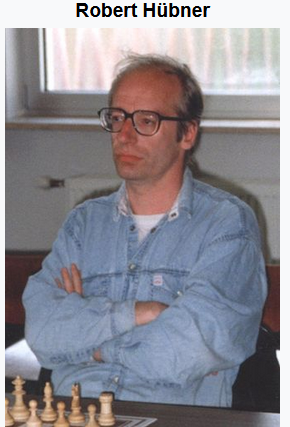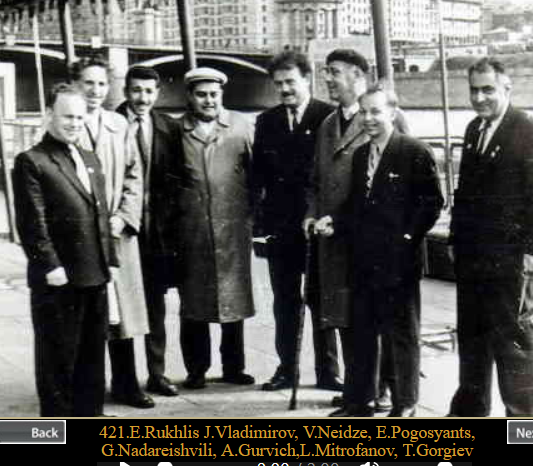Master's words
A curious ZZ with Bishop and two pawns against Rook. The white King goes up to the battlefield, but not too fast. In fact, he ends up going back down!

Two endgames by W. Mees, a brilliant Dutch author born in 1921, and often imitated, even copied. One, extended by one of his compatriots, is itself an extension of Grigoriev, which also contains a fine allusion to Vinje's masterpiece (see the lecture of 13 January 2009). The other (which was the 'assignment' for today) is a strangely overlooked Letztform in the form of perfectly harmonious twins, which Camil Seneca, so exacting on the matter, would have applauded. This is a far cry from most modern twins, or even triplets or quadruplets with twisted discriminators, not to mention the abominable "zeropositions", whose first two syllables aptly describe their authors.
The exercise for next time is a problem-study (mat in 11) of a great composer who had the same idea as your master-bidon: rather than celebrating his 60th birthday (how common, even vulgar...), celebrate his 64th instead, right?
A little "Jansa test" where attack and defence are balanced, the two Bishops getting nothing against the two Knights, to the point that White sacrifices them both.
 The game of the day reminds us that two Knights often dominate two Bishops when it comes to attack the opponent's King. It is extracted from Timman's book, published in 2004, entitled "the power of pieces" and devoted precisely to the pieces known as minor, although essential! The analyses of the former number 3 worldwide, on the whole, are not famous, they are even sloppy, but he makes up for it when he uses his immense experience to find links between several very different openings, but leading to similar situations. And in this area, the expert's superiority is striking.
The game of the day reminds us that two Knights often dominate two Bishops when it comes to attack the opponent's King. It is extracted from Timman's book, published in 2004, entitled "the power of pieces" and devoted precisely to the pieces known as minor, although essential! The analyses of the former number 3 worldwide, on the whole, are not famous, they are even sloppy, but he makes up for it when he uses his immense experience to find links between several very different openings, but leading to similar situations. And in this area, the expert's superiority is striking. 
Even if the work is botched, he makes up for it when he uses his immense experience to find links between several very different openings, but leading to similar situations. And in this area, the expert's superiority is striking.
Those who are interested in current affairs will see a link with the last game (Kar-Car) of this year's candidates' tournament. Its winner had the mission to draw with White, he did better. Black's King's worries must, in this opening, largely limit ambitions. But if one is not in the perspective of "winning at all costs", this famous Kožul variation is perfectly playable, far from a "bin", as a short-lived French player with a vague title proclaimed ten years ago.
One of the most popular events in the other microcosm, that of chess problems, is the "solving-show", where competitors have a few minutes to solve mates in 2, in front of a room which only dreams to do better, in the rare cases where it is possible. Here is a selection of problems where your master bucket was not bad, consolation for the morning's test where he was wrong.


A 2# by the aforementioned Dutch author, also with twin, and just as harmonious. Then two Bohemian 3#, one of which was corrected by yours truly. A nice 4# from the Glyfada open, an easy but fun 5#. An excellent 3# helpmate with 4 solutions, composed by a regular of the course. Then a weird 4# helpmate with 2 solutions, the "Fritz" problem engine drying on... the easiest one! Finally a long, not very complicated helpmate. The theme of the 3# selfmate is well known to our followers. As for the last problem, a fit of magnanimity led me to leave the solution, which you will have the will to hide, for a moment at least.
Among the fairy compositions, a masterpiece by our friends Eric Huber and Vlaicu Crisan, which makes us relive a feeling we had 20 years ago with the anti-circe: spending almost half an hour to understand a mate in one move, and another to understand how it was forced. In other words, almost an hour for a one-move selfmate... after the key!
Unless you have a major problem, I'll see you on Saturday 4 June, for the Tuesday 7 June lesson of course! It will be a normal class, the new formula making a more important place for fairy tales and ipso facto making the traditional June fairy tales class useless (for the December one, nothing is decided yet). And, who knows, maybe there will be a closing class for the school year on June 21 or 28.
Comments
1 Alain On Thursday, july 19, 2018